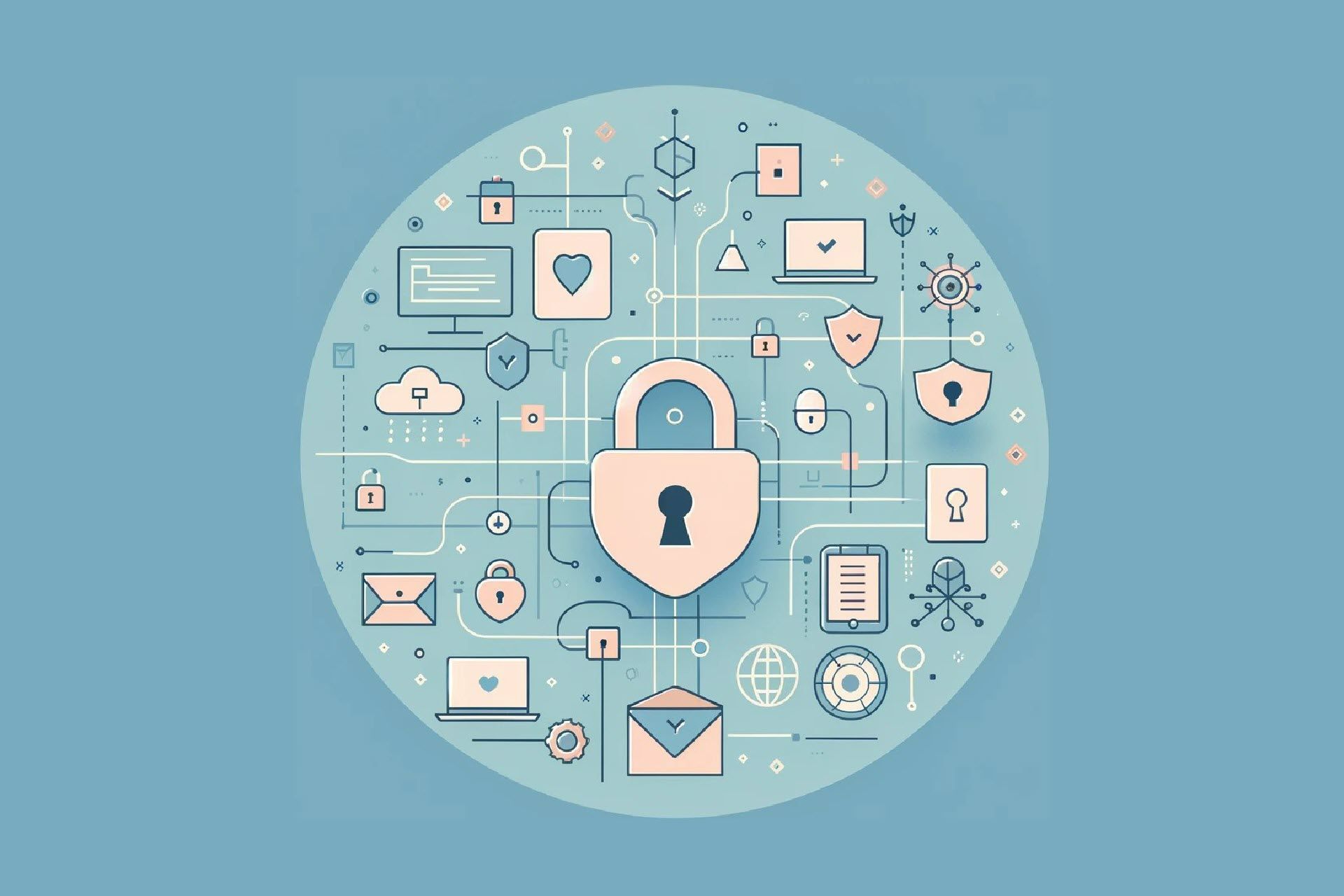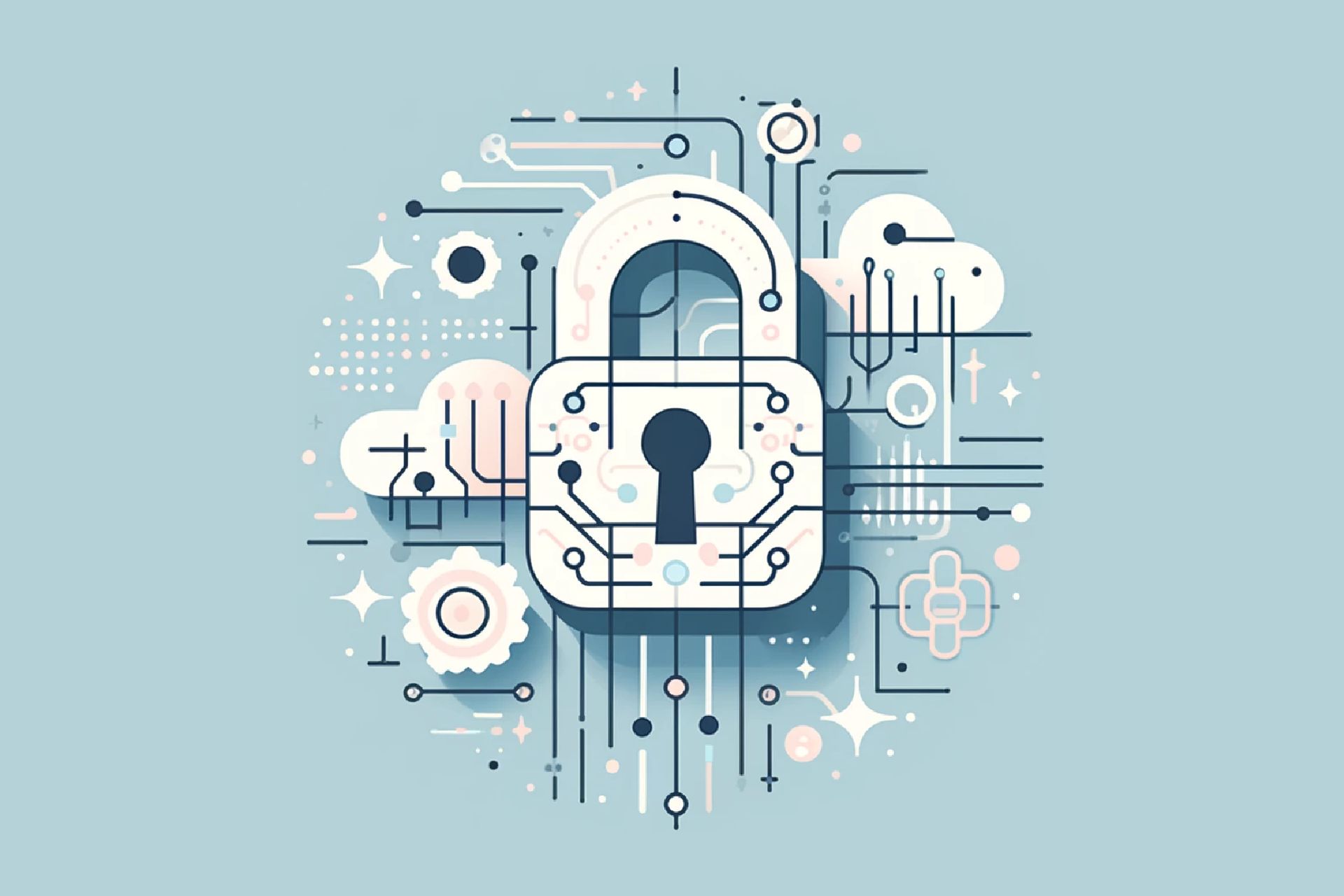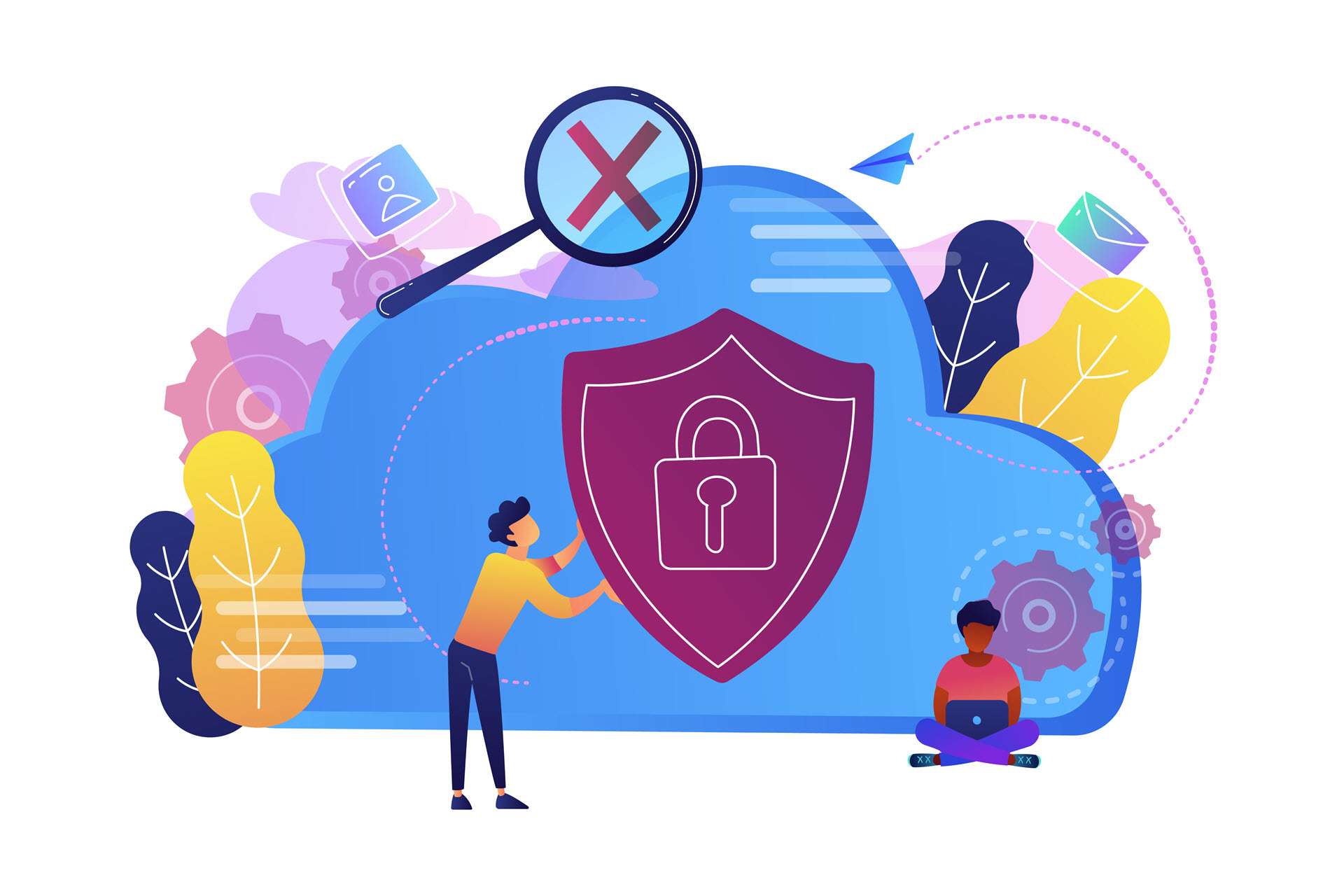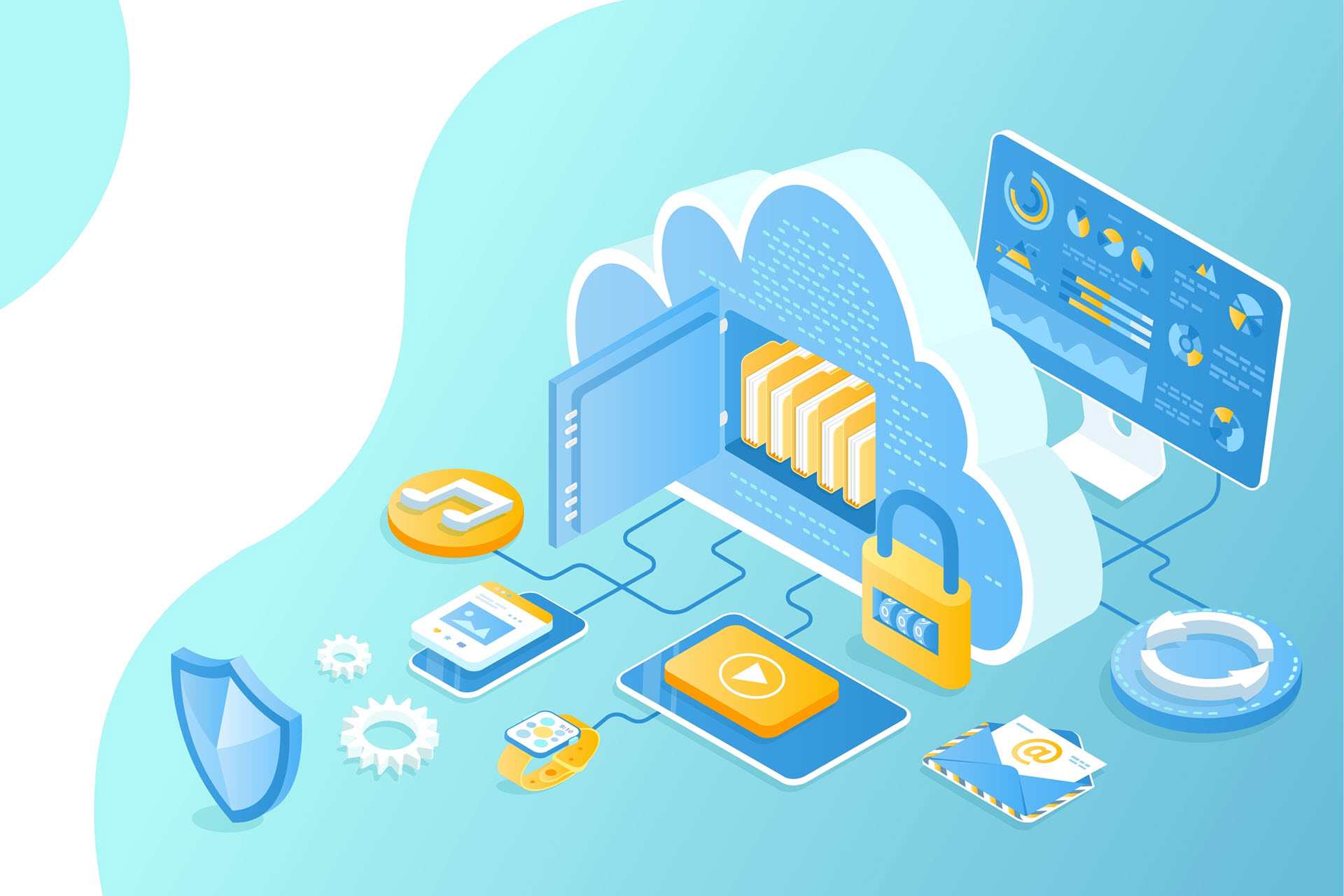Cloud computing requires organizations to create a robust cloud security strategy that will protect their data, applications, and services in the cloud environment. Migrating to the cloud offers several advantages, including scalability, flexibility, and cost-efficiency. However, organizations face some security challenges and concerns that can be remediated with a comprehensive cloud security strategy.
This article explores the elements of a cloud security strategy that successfully protects an organization’s data and services online.

10 Elements of a Strong Cloud Security Strategy
Here is a list of elements organizations should incorporate into their cloud security strategy.
1. Data Encryption
Data encryption transforms data into an unreadable format. This prevents unauthorized access and data loss. Data can only be decrypted by entering specific keys, so even if someone gains access to it, they won’t be able to understand it. Security-conscious organizations encrypt data both at rest and in transit, helping to prevent data breaches and ensure their practices are compliant with regulations such as GDPR and HIPAA.
Learn what it takes to become HIPAA compliant and prepare for your next compliance audit with our HIPAA compliance checklist.
2. Security Monitoring and Incident Response
Security monitoring continuously analyzes and detects suspicious activities in the cloud environment to prevent potential breaches. Security monitoring is successfully deployed through intrusion detection systems (IDSs), log analysis tools, and incident response plans that remediate potential damage caused by cloud security threats.
This helps organizations detect security incidents as soon as they occur, thereby reducing their potential impact. If the system cannot prevent them and damage occurs, a suitable incident response plan will ensure that business operations return to normal as soon as possible.
3. Identity and Access Management (IAM)
Identity and access management (IAM) ensures that only authorized individuals can access and use cloud resources. It is implemented by applying multi-factor authentication (MFA), defining permissions, and establishing role-based access controls. IAM reduces the risks of unauthorized access to sensitive data and further boosts security by tracing user activities and changes to permissions.
4. Data Backup and Disaster Recovery
Making data backups ensures that data is available even in the case of loss or hardware failure. This also guarantees uninterrupted business operations and saves time and money that is spent retrieving this data. The best data backup strategies include regularly backing up data to secure off-site locations and testing data recovery procedures.
5. Security Audits and Compliance Checks
Regular audits and compliance checks help organizations review their security strategies and compliance. These audits are performed automatically or by third-party auditors and serve to provide relevant insight into the effectiveness of existing security policies.
By regularly performing network security audits, organizations ensure their practices are up to date. They also assist in identifying system vulnerabilities before a breach occurs, helping maintain the company’s reputation with customers and partners.
6. Vendor Risk Management
Vendor risk management assesses potential security risks tied to third-party cloud service providers and suppliers. Before selecting cloud vendors, organizations should evaluate their security protocols and define security responsibilities. This practice ensures that third-party providers meet security standards and minimizes the risk of breaches and security incidents.
7. Employee Training and Security Awareness
Security awareness training programs ensure all employees are up to speed on the company’s security policies and strategies, enabling each member of the organization to successfully recognize potential threats and actively contribute to the protection of sensitive data. By regularly testing the knowledge and vigilance of their employees, companies add another layer of security to their assets in the cloud.
8. Patch Management
Patch management ensures that all software and systems are up to date, thereby enhancing the system's resilience to potential security threats and vulnerabilities. Patch management is applied through automated patch deployment systems, vulnerability scanning, and logs of the patching schedule. This provides system integrity and protects organizations against attacks that target unpatched software.
9. Security Governance and Risk Assessment
Security governance establishes the structure and processes for managing security, while risk assessments identify potential security threats based on the previously determined security policy. Through risk assessment procedures and the allocation of responsibilities, organizations create a structured framework for implementing security measures. This proactive strategy allows organizations to anticipate security threats and reduce their potential impact.
Risk assessment is one of the four core elements of an information security risk management strategy. Read our guide to information security risk management to learn more about the other elements and discover how to effectively incorporate them in your business processes.
10. Cloud Security Training for IT and Security Teams
IT staff and security teams must remain vigilant to potential security threats. This requires regular training, obtaining certifications, and ensuring access to cloud security resources. IT and security teams must be properly equipped and trained to develop and implement security measures specifically designed for cloud environments. By doing so, they can proactively address security risks, minimizing the risk of security incidents and boosting the organization’s security posture.
The Power of Cloud Security
Having a strong cloud security strategy is a requirement for organizations that wish to protect their image and retain customers. Regularly reviewing security practices and staying updated on emerging threats helps organizations stay ahead of potential breaches.
By regularly patching systems, encrypting sensitive data, and revising their security policies, companies safeguard their assets in the cloud and protect their relationships with vendors, partners, and clients. Incorporating multi-layered security measures also ensures comprehensive protection against a wide range of cyber threats.



